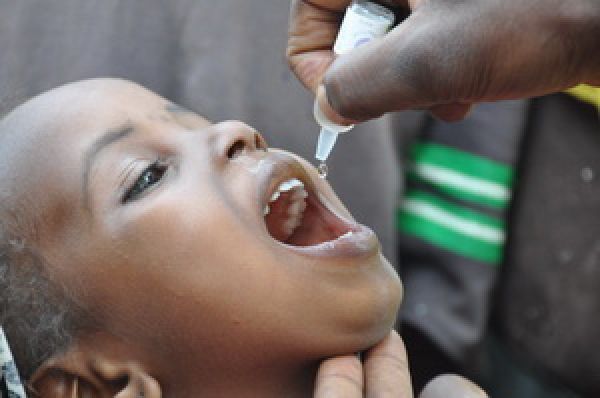“There is a need for 95 percent coverage globally, across countries, and communities to protect against outbreaks of vaccine-preventable diseases.”
The organization revealed that most unvaccinated children live in the poorest countries, “and is disproportionately in fragile or conflict-affected states.
“Almost half are in just 16 countries – Afghanistan, the Central African Republic, Chad, Democratic Republic of the Congo (DRC), Ethiopia, Haiti, Iraq, Mali, Niger, Nigeria, Pakistan, Somalia, South Sudan, Sudan, Syria, and Yemen.
“If these children do get sick, they are at risk of the severest health consequences, and least likely to access lifesaving treatment and care,’’ it warned.
It quoted Tedros Adhanom Ghebreyesus, the Director-General of WHO as saying “vaccines are very important for preventing outbreaks.”
He called for increased inclusion of children across the globe to benefit from vaccination programs, stressing that “vaccines are one of our most important tools for preventing outbreaks and keeping the world safe.
“While most children today are being vaccinated, far too many are left behind.
“Unacceptably, it’s often those who are most at risk– the poorest, the most marginalized, those touched by conflict or forced from their homes – who are persistently missed.”
The News Agency of Nigeria (NAN) reports that WHO and UNICEF, in collaboration with Gavi, the Vaccine Alliance, and the Measles and Rubella Initiative, support countries to strengthen immunization systems and outbreak response.
They do this by vaccinating children with routine immunization, conduct emergency campaigns, train and equip health workers as an essential part of quality primary healthcare.
Since 2000, WHO and UNICEF jointly produced national immunization coverage estimates for member states on an annual basis.
In addition to producing the immunization coverage estimates for 2018, WHO and UNICEF estimation process revises the entire historical series of immunization data with the latest available information.
The 2018 revision covers 39 years of coverage estimates, from 1980 to 2018.
Source: Premiumtimes

 The World Health Organisation (WHO) has expressed concern over worldwide negligence of vaccination against measles and some other diseases. The information is on WHO’s official website, where the world body said 20 million children worldwide missed lifesaving vaccines such as measles, diphtheria, and tetanus in 2018.
The World Health Organisation (WHO) has expressed concern over worldwide negligence of vaccination against measles and some other diseases. The information is on WHO’s official website, where the world body said 20 million children worldwide missed lifesaving vaccines such as measles, diphtheria, and tetanus in 2018.




